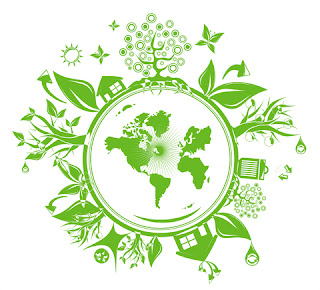Sauvons nos forêts !

Nos forêts primaires sont le réservoir d'une grande biodiversité qu'il faut à tout prix protéger et permettre son développement à long terme pour espérer assainir cet air de plus en plus pollué. Les forêts abritent 80% de la biodiversité terrestre. Qu'il s'agisse des cycles de l'eau, des minéraux, du phosphore ou encore du C02, les arbres sont essentiels au bon fonctionnement de notre petite planète bleue. Et pourtant nous scions consciencieusement cette branche sous laquelle il est si vital de venir se (re)poser. Silencieuse car trop souvent lointaine, la déforestation est désormais mondiale. Petit tour de ces horizons de plus en plus déboisés. Un peu d'histoire : 80% des forêts « primaires » de la planète ont déjà disparu. Arrêtons ce massacre avant que la Terre ne soit qu'un désert aride et sans vie ! Ces forêts qui n'ont presque pas été exploitées par l'homme représentent un trésor pour notre planète. L&#


